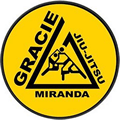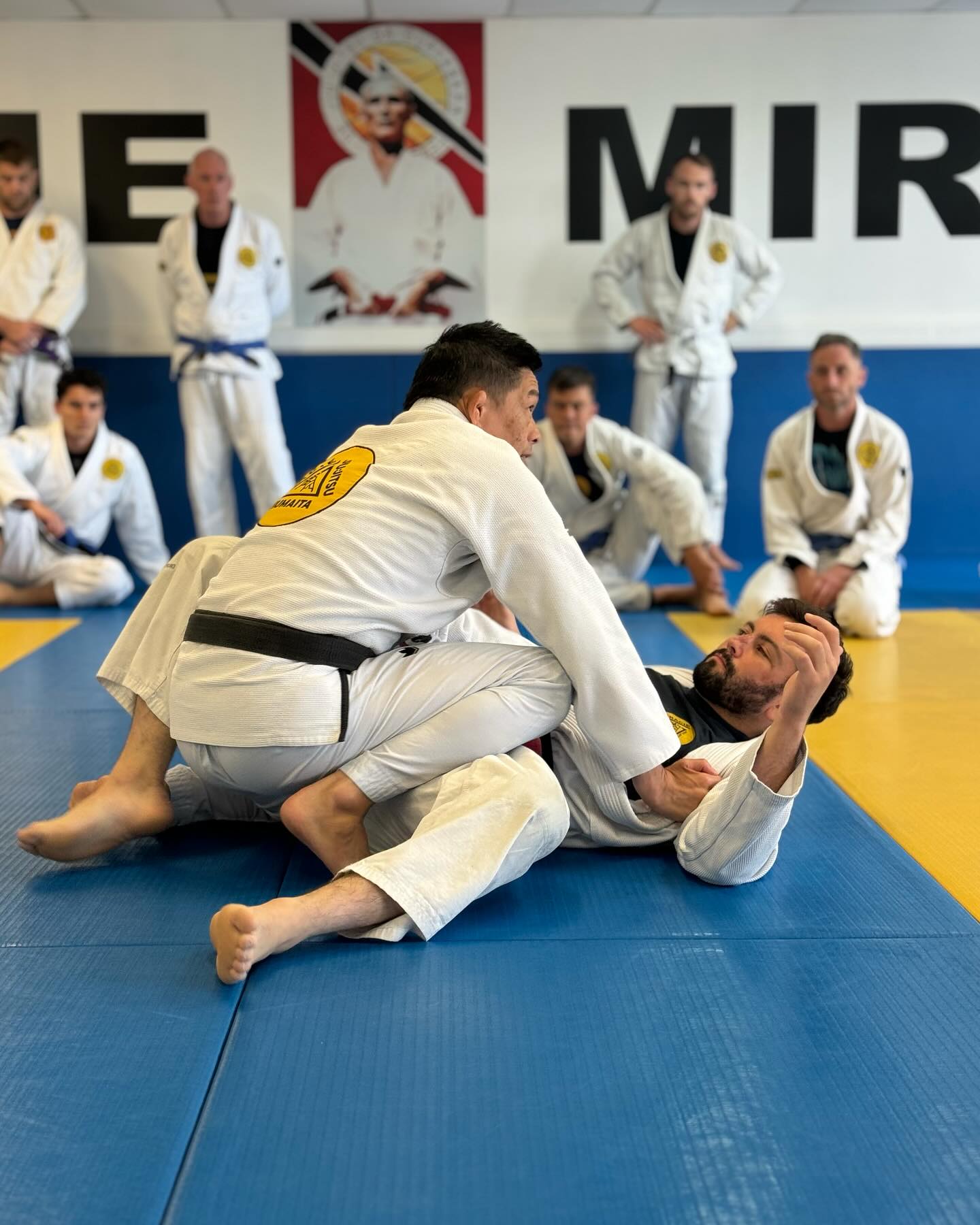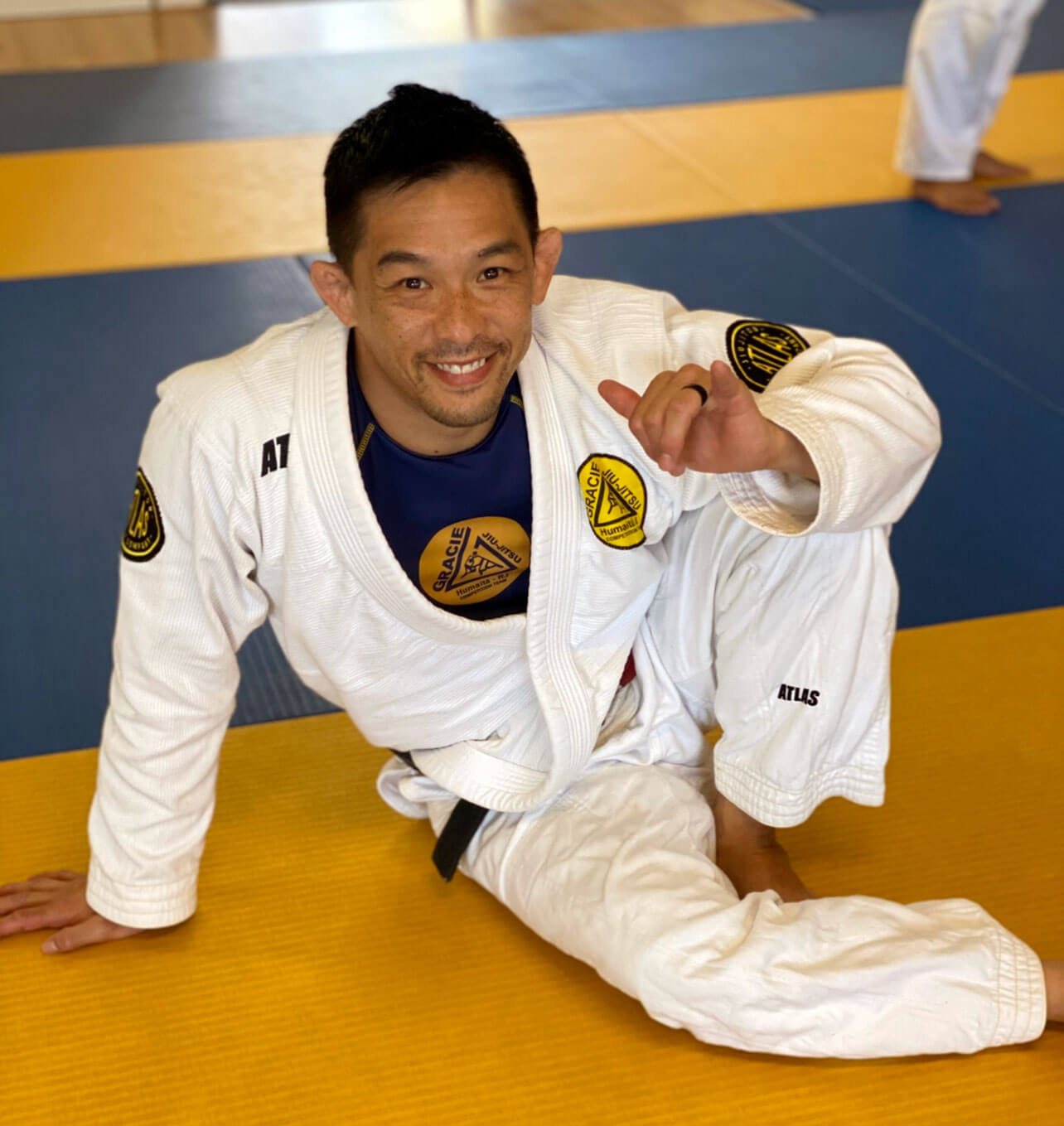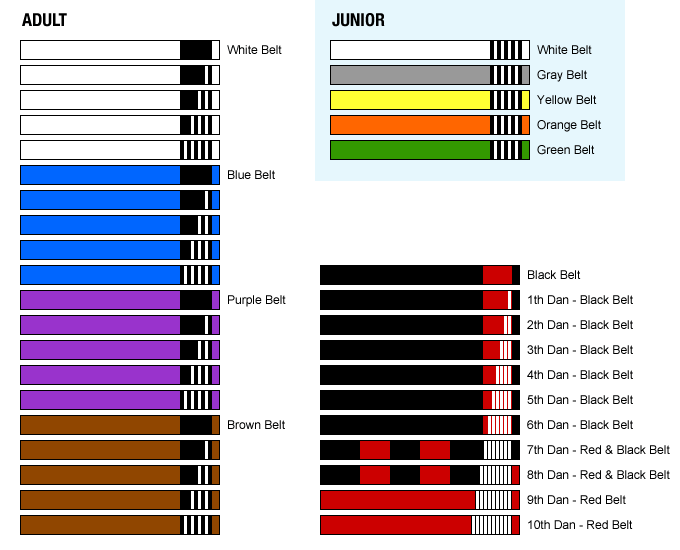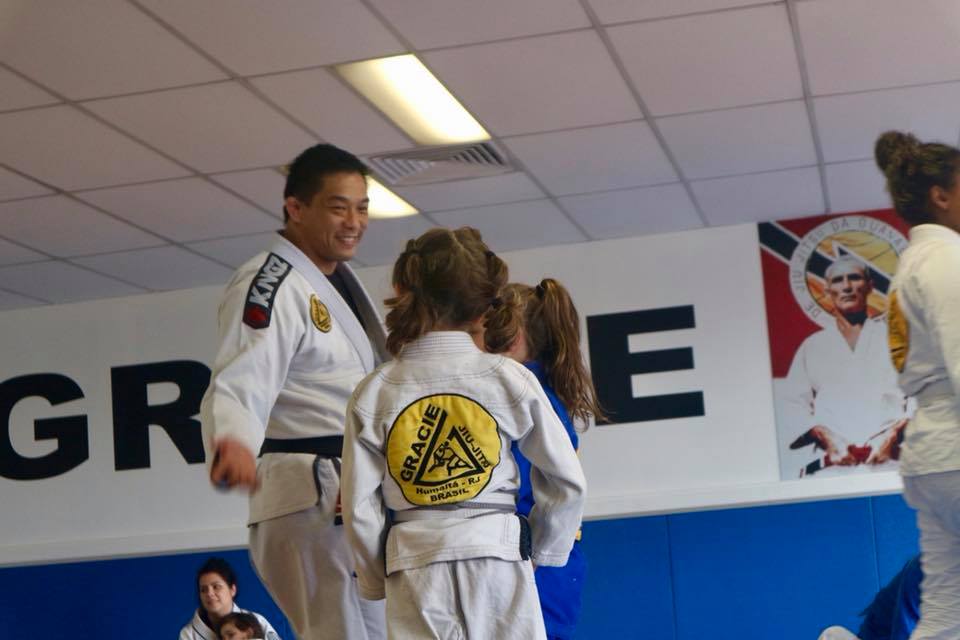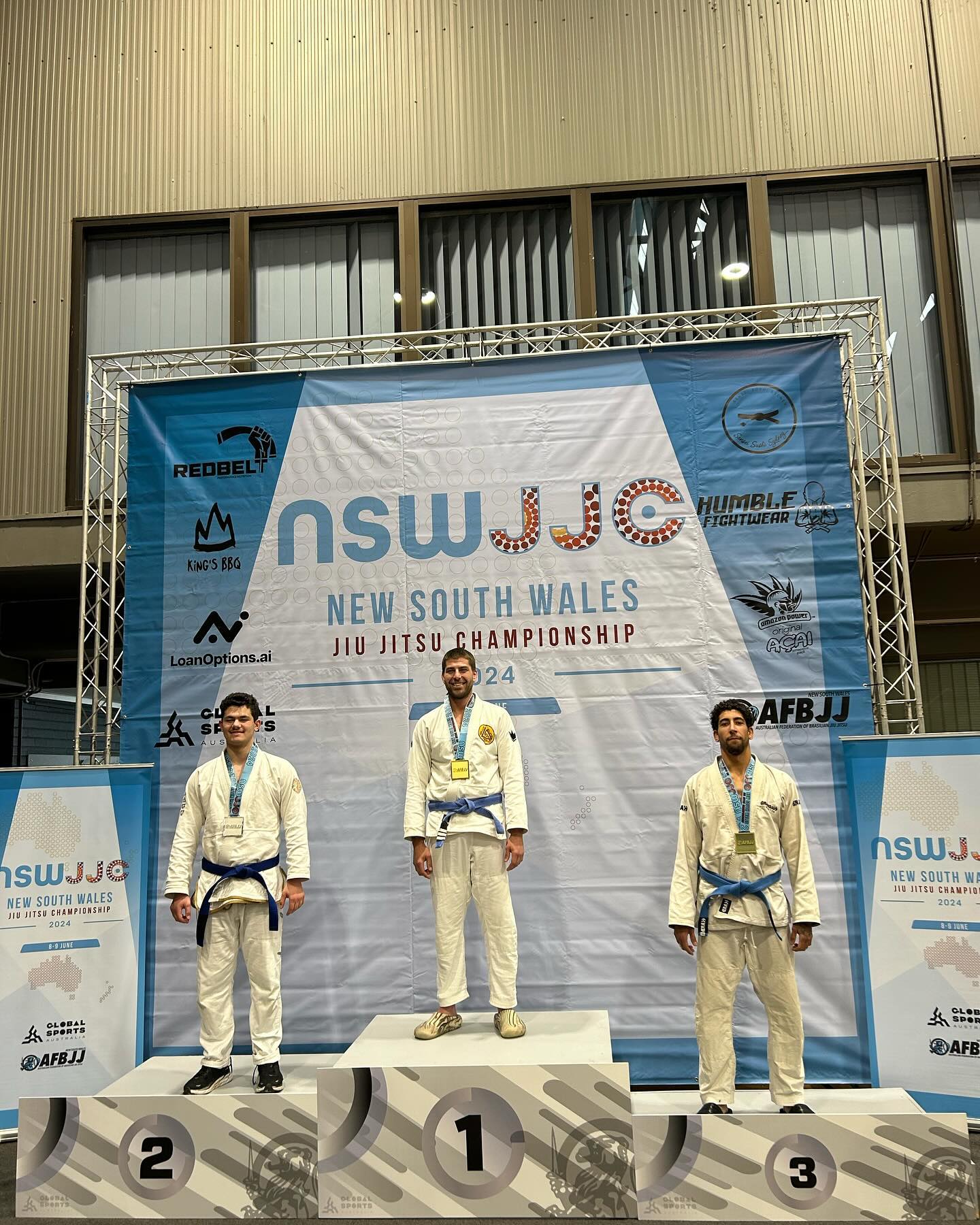Interest in Brazilian Jiu-Jitsu has skyrocketed over the past 30 years thanks to the sport becoming a foundation of MMA and the UFC. But with more interest can come more confusion.
As more people outside martial arts become interested in BJJ, they can sometimes be confused by the terms “Gracie Jiu-Jitsu” and “Brazilian Jiu-Jitsu”. Are they the same thing? Are they different? If so, how?
The short answer is: They are the same thing. Gracie Miranda, our academy in the Sutherland Shire, is a Brazilian Jiu-Jitsu academy. We’re set apart by our connection to the Gracie family that founded Jiu-Jitsu, but the martial art we teach is BJJ, not GJJ.
If you’re new to martial arts and interested in taking up Jiu-Jitsu classes, that’s basically all you need to know. But there is a longer answer that speaks to BJJ’s origins and how it’s taught today.
Read on if you want to know more. And if you’re in the Sutherland Shire and ready to take the plunge, feel free to come into Gracie Miranda for a free trial class.
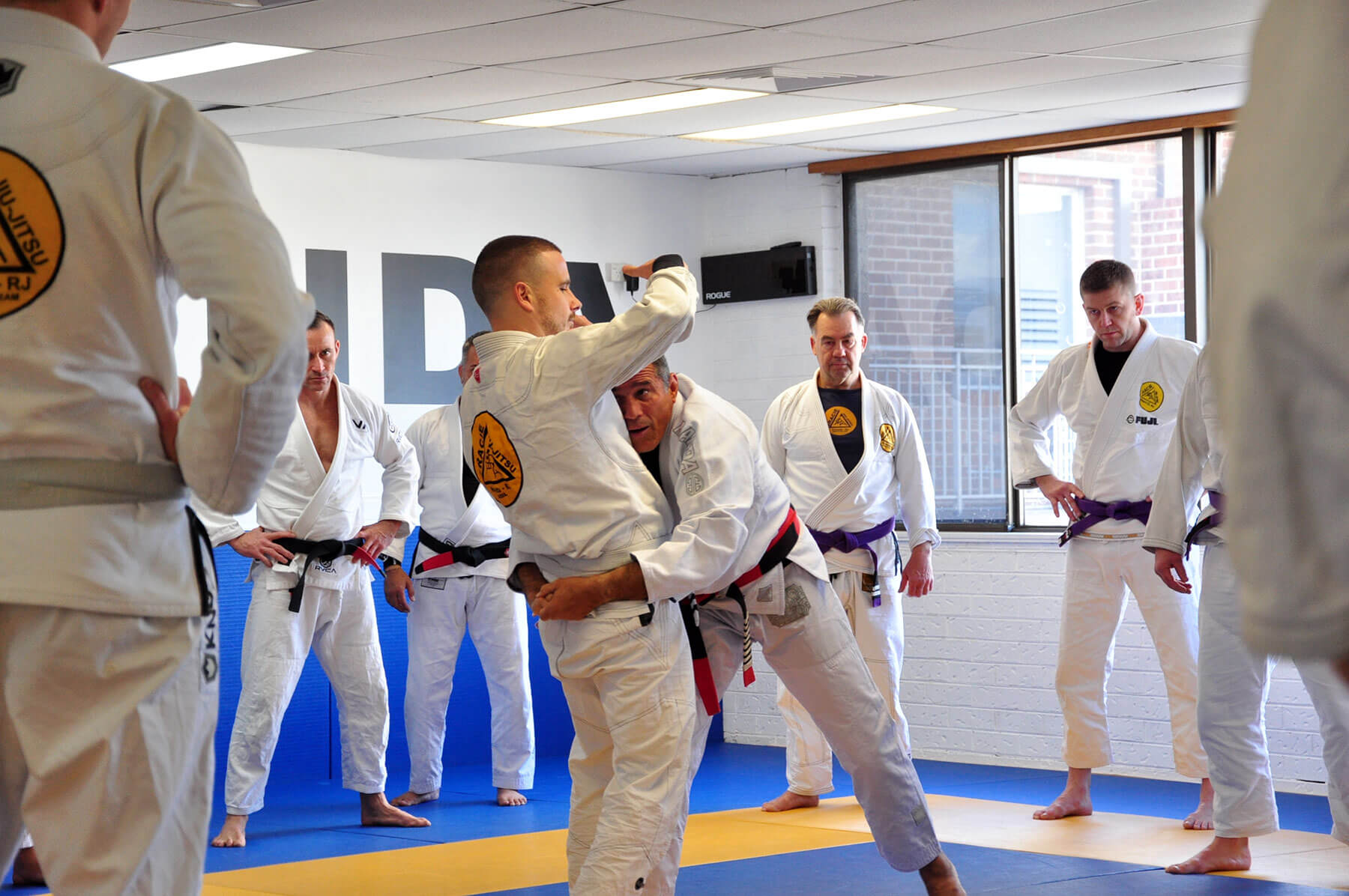
The Gracie name
Brazilian Jiu-Jitsu was developed about a hundred years ago by brothers Helio and Carlos Gracie.
The pair, along with three other brothers, were taught to grapple by Japanese Judo master Mitsuya Maeda. Helio was younger, smaller and weaker than his brothers, and began to tweak the techniques to accommodate for his relative physical frailty. This is how Brazilian Jiu-Jitsu began.
The brothers devised a way to take Judo principles – using your opponent’s leverage against them – and take them to the ground. Strength and power are harder to utilize on the ground, thus giving smaller people the better chance to overcome larger ones.
A quick recap: Judo is a spinoff of the Japanese martial art Jujitsu. The Gracie brothers modified Judo to create their own martial art. That martial art is what people today call “Jiu-Jitsu.”
Yep, it’s confusing. Which is why, for the sake of clarity, their invention is called “Gracie Jiu-Jitsu.” One of Helio’s sons, Rorion Gracie, trademarked the name “Gracie Jiu-Jitsu” in the US as the family began to expand out of Brazil. That meant that other family members of students of Helio couldn’t use the term, which is how “Brazilian Jiu-Jitsu” came in vogue.
Royler Gracie is another one of Helio’s sons, widely considered among the greatest BJJ competitors ever. He’s the founder and head professor of Gracie Humaita, a branch of academies of which Gracie Miranda is a proud member.
Self-defence and competitions
As BJJ has become more popular, its use has become adapted by the million-plus people who practice it. Many people take up Jiu-Jitsu as a sport, with goals of becoming acclaimed BJJ competitors. Others train it as part of a wider MMA regimen. Most people do Jiu-Jitsu as a hobby, because it’s fun.
But it’s worth remembering that BJJ is first and foremost self-defence. Gracie Jiu-Jitsu, as it was taught in its early days, was predominantly about how to defend yourself on the streets. What to do if you’re up against two people, or an assailant with a weapon and so on.
At Gracie Miranda we regularly teach Jiu-Jitsu skills that apply to self-defence situations, but this isn’t the case at every BJJ academy. Many members of the Gracie family lament that often “sport” Jiu-Jitsu techniques are prioritized above self-defence skills.
This position was recently articulated by Rickson Gracie, when he said: “People teach how to pass a guard, people teach how to choke or do a footlock, but they don’t teach gun retention or wrestling control, knife attacks, and fighting without gloves.” A strong Jiu-Jitsu education should include both self-defence and fighting skills, Rickson explained.
If there is any difference between “Gracie Jiu-Jitsu” and “Brazillian Jiu-Jitsu”, then, it’s the extent to which self-defence is taught over competition training.
